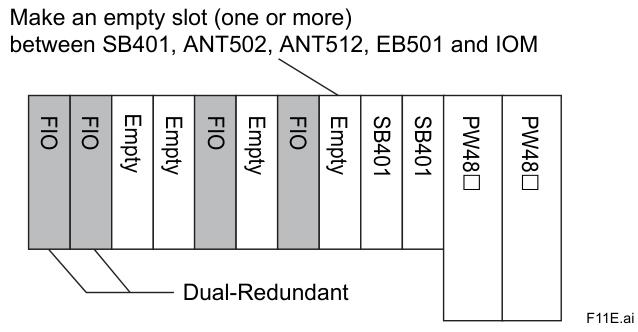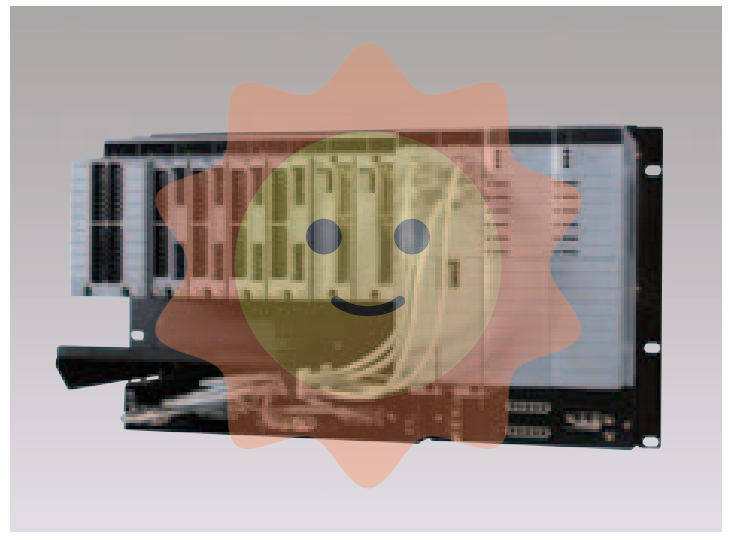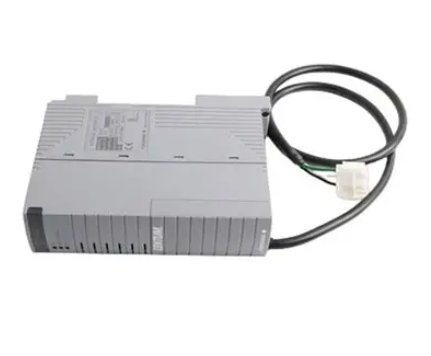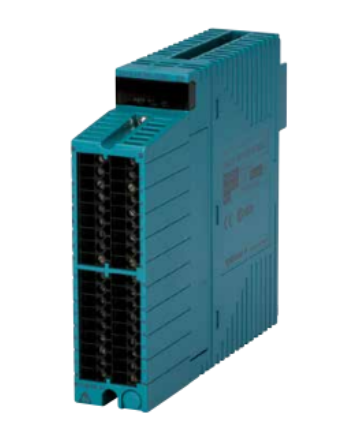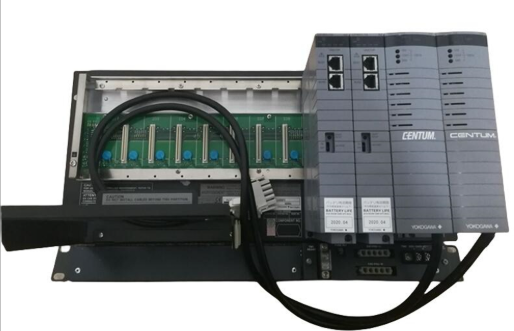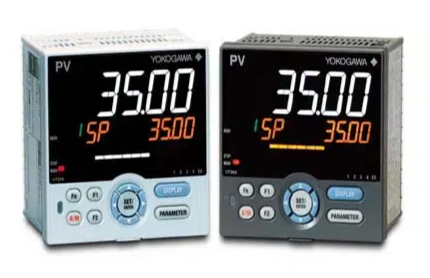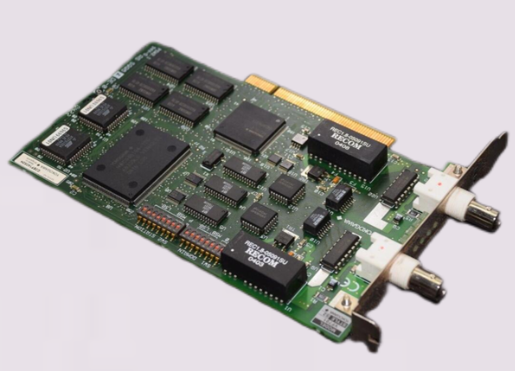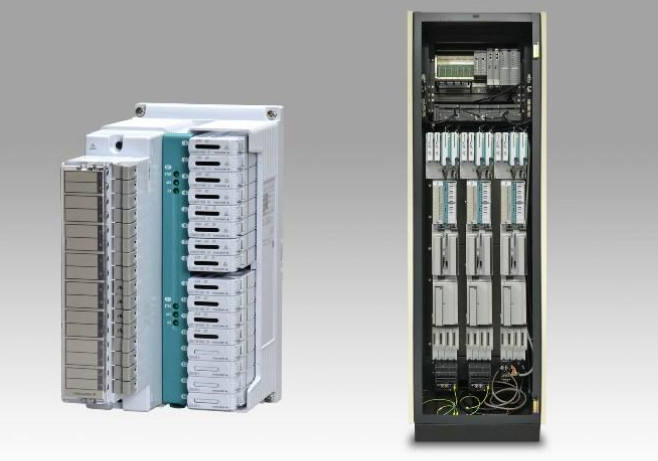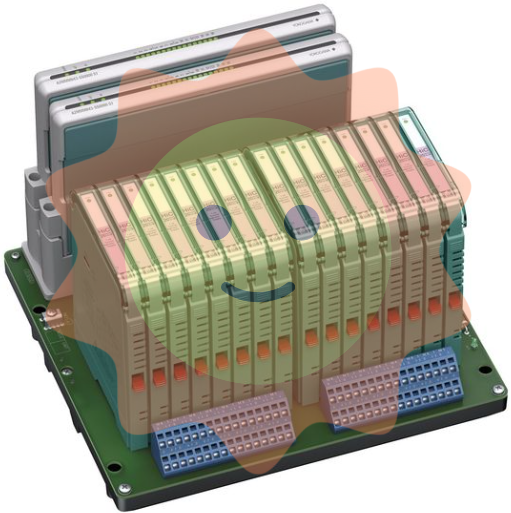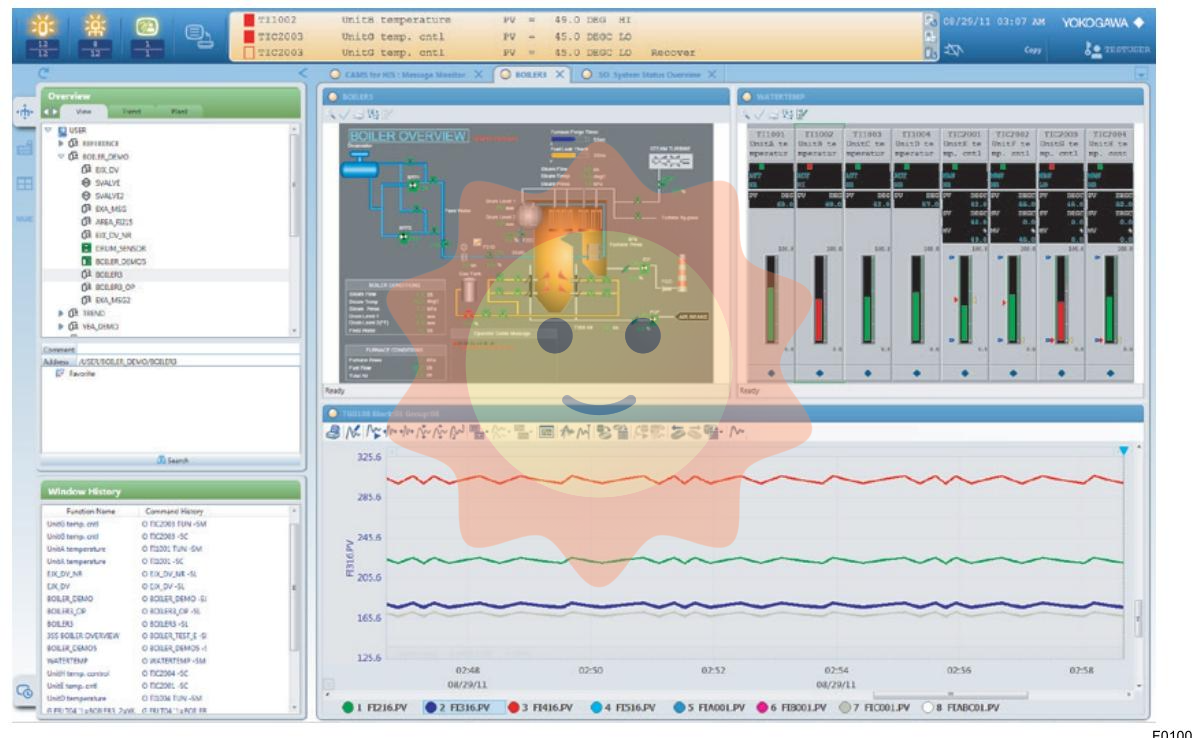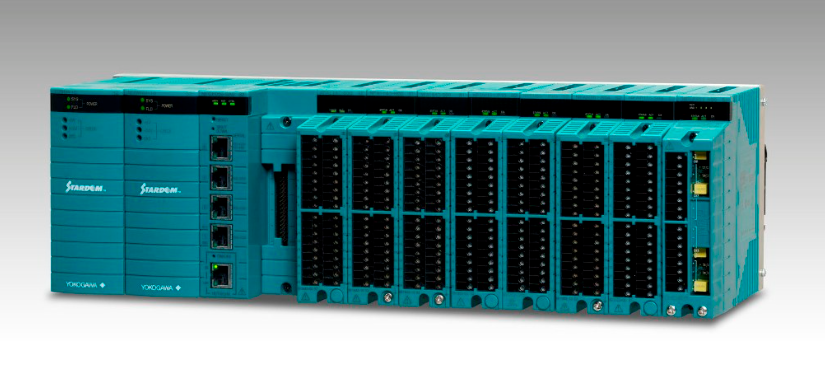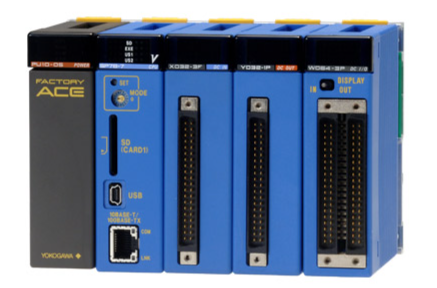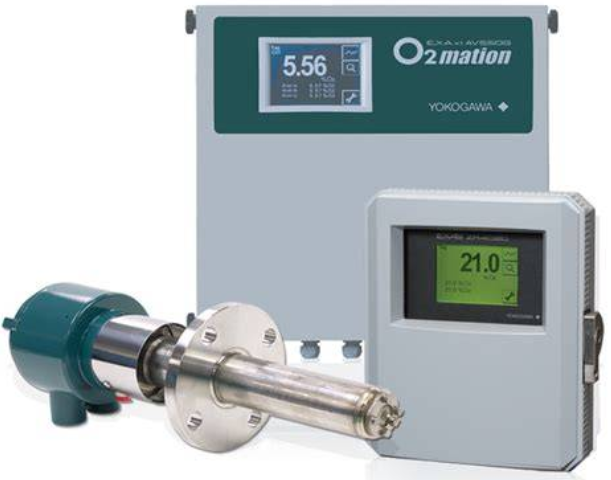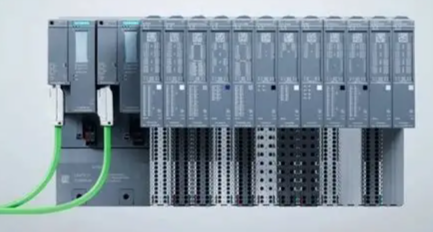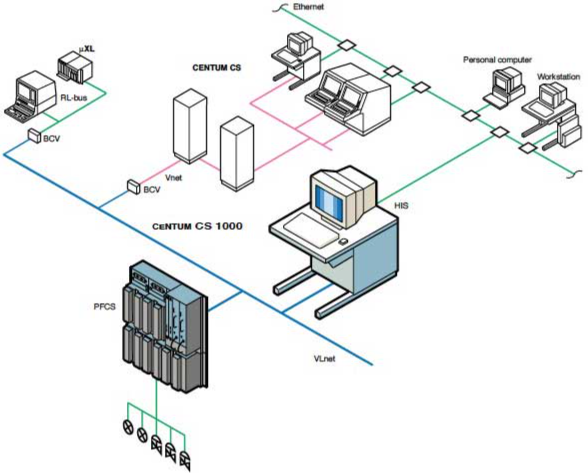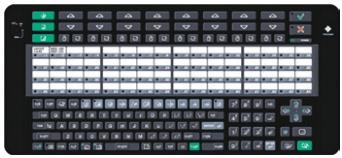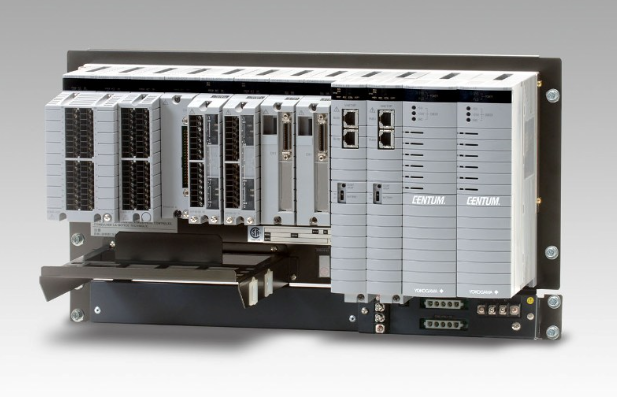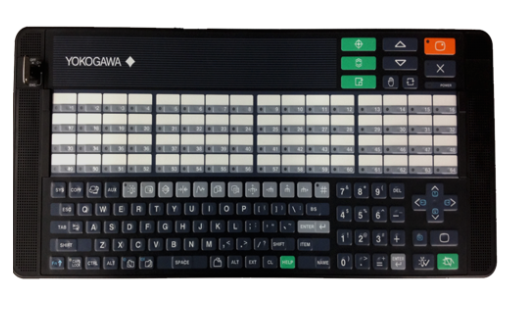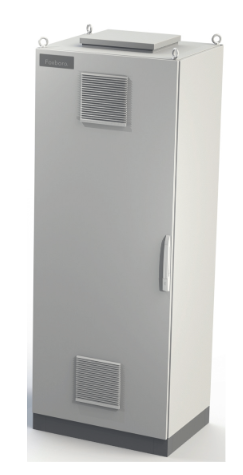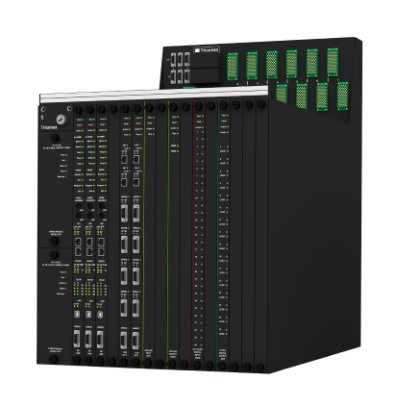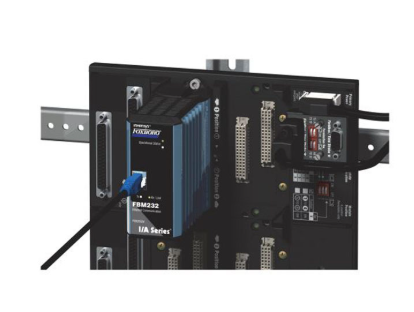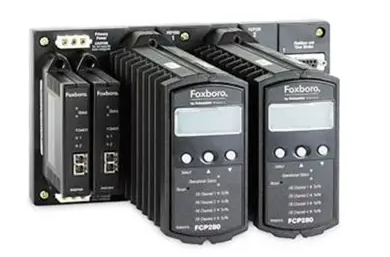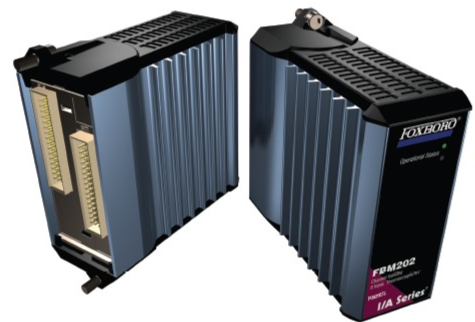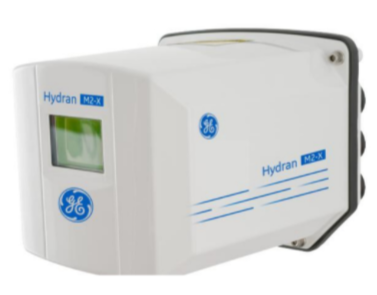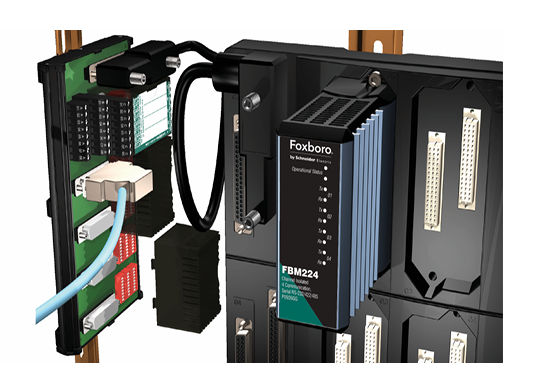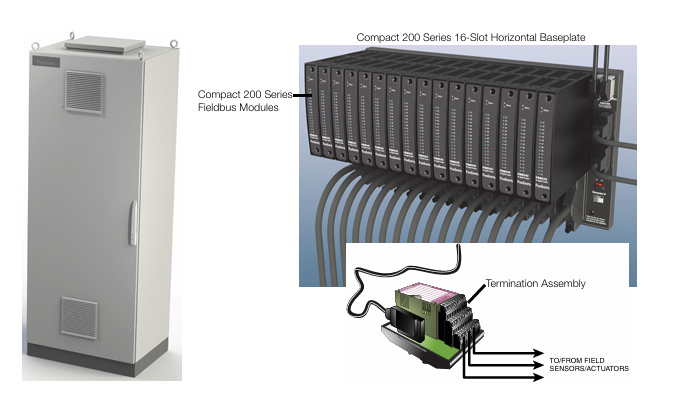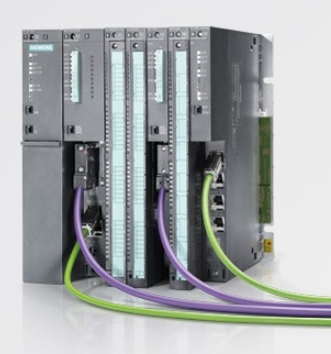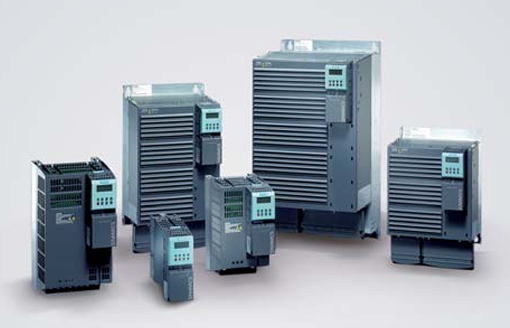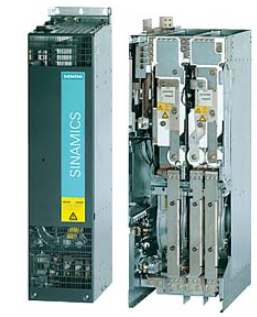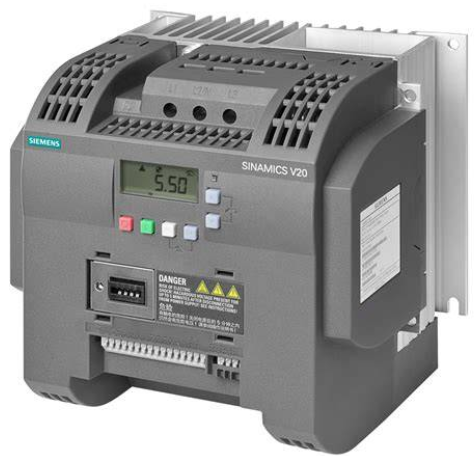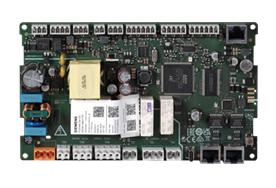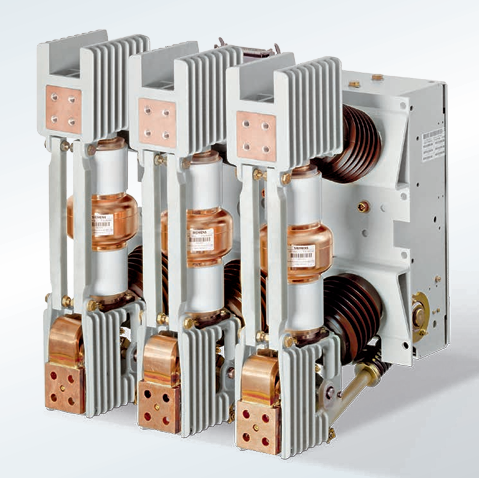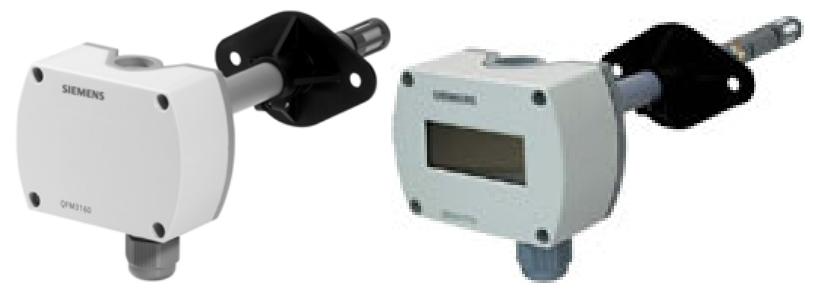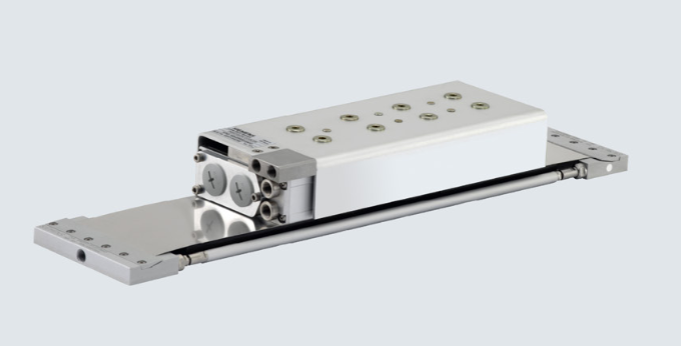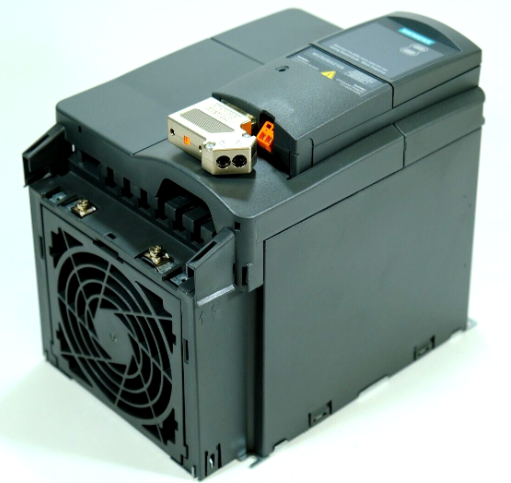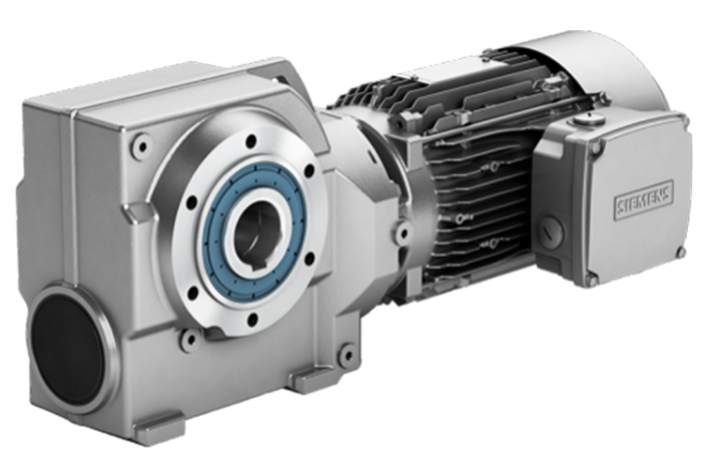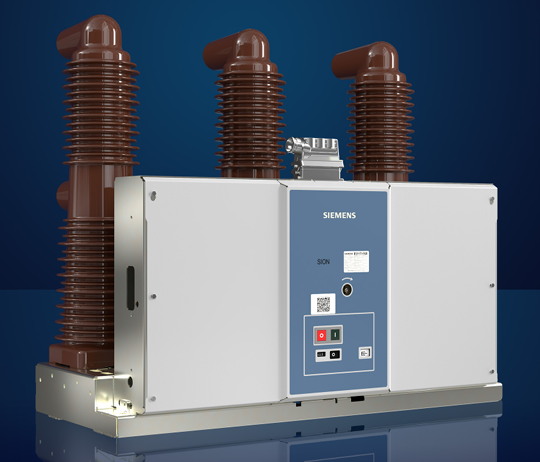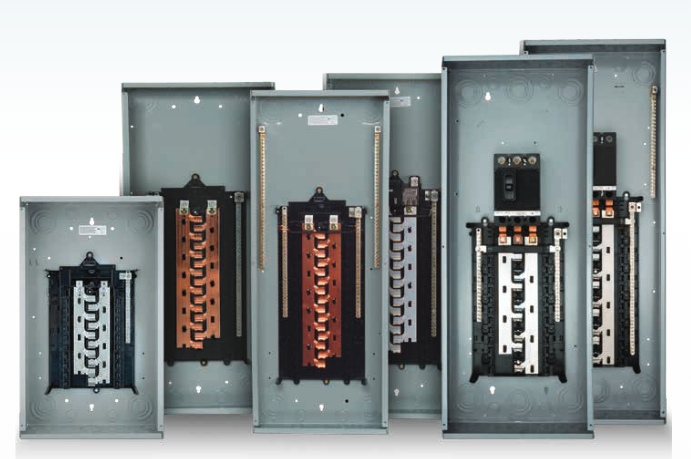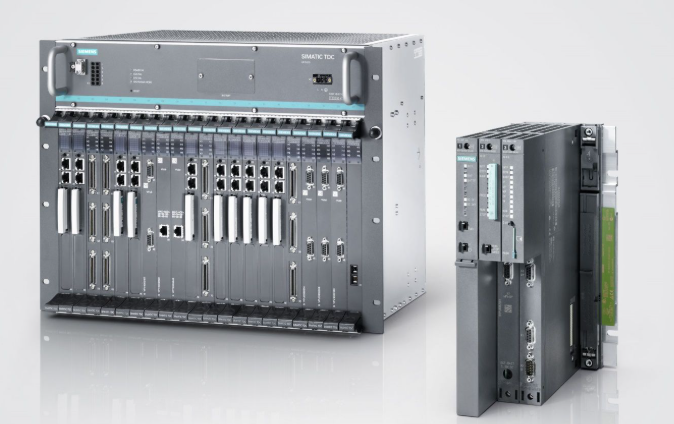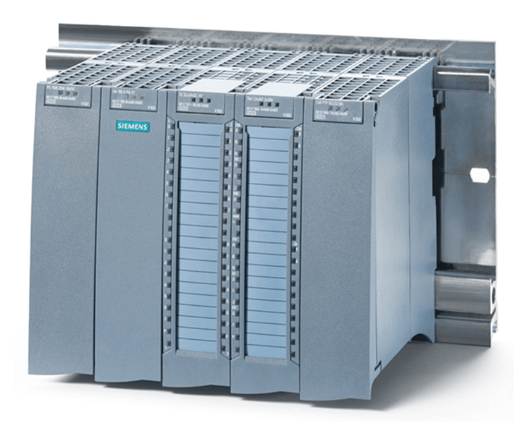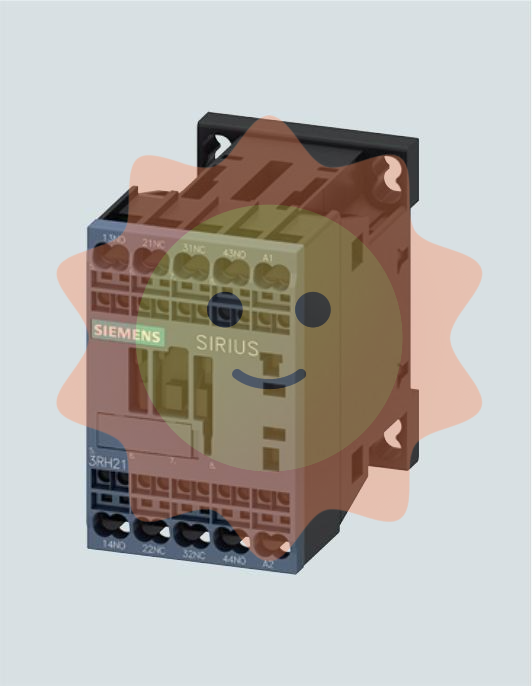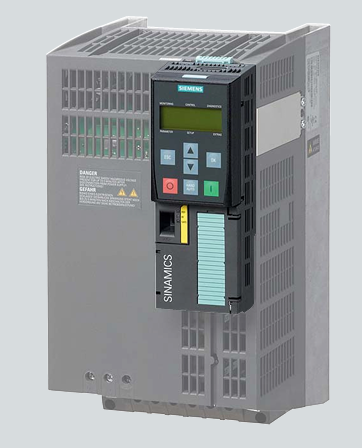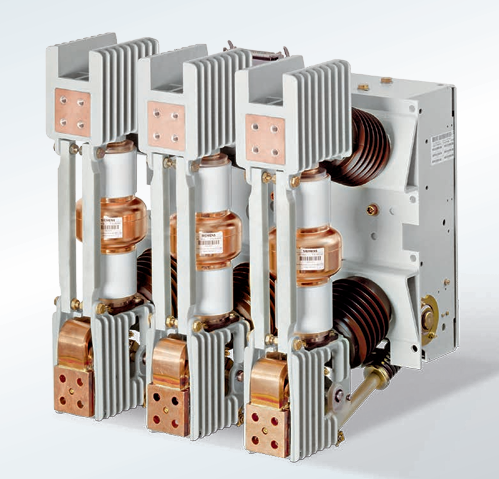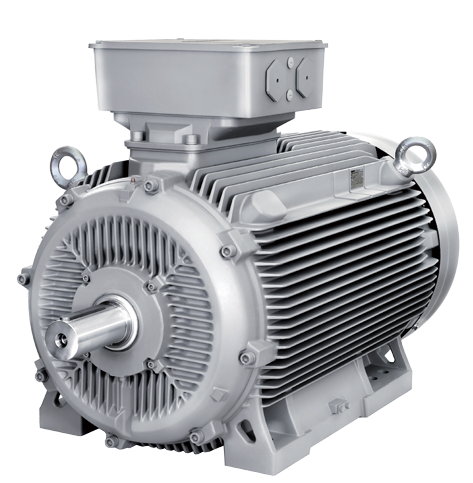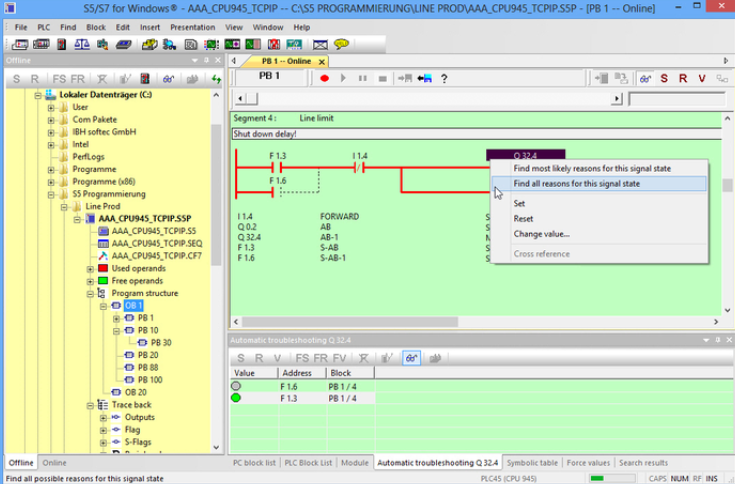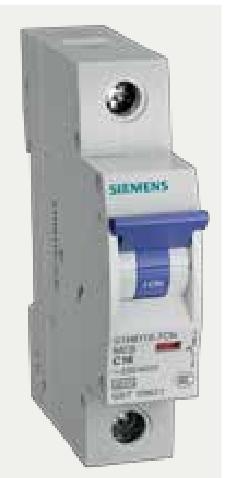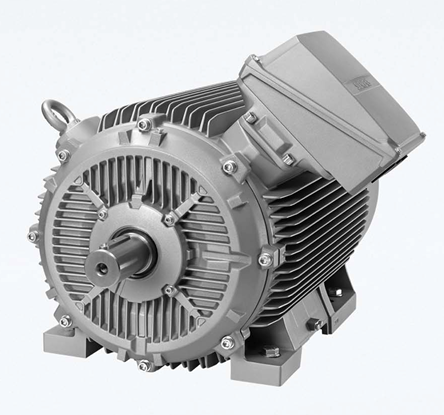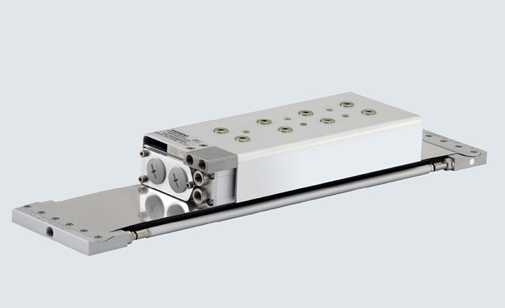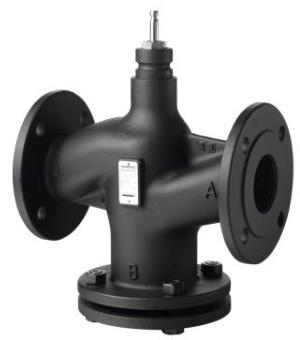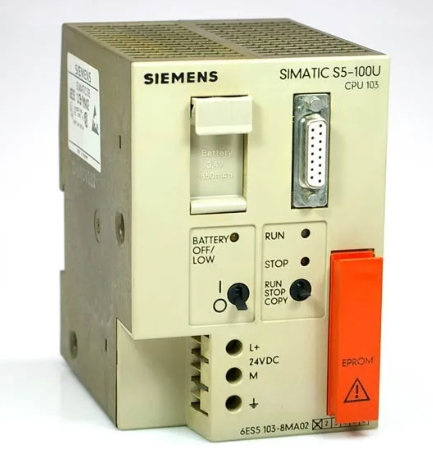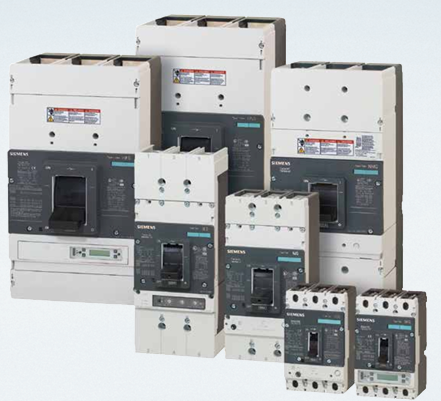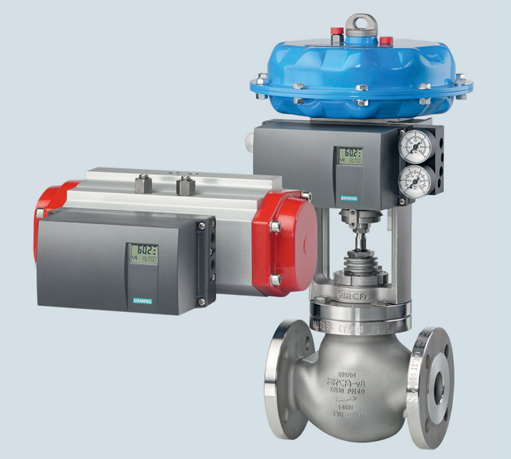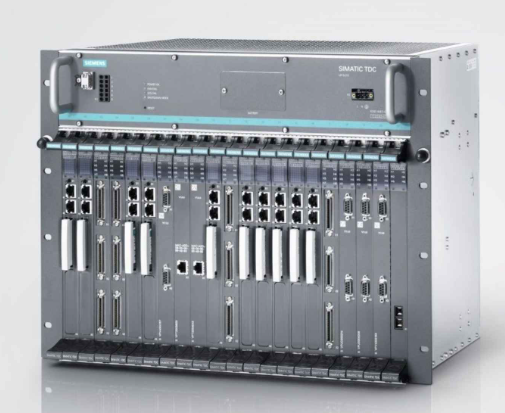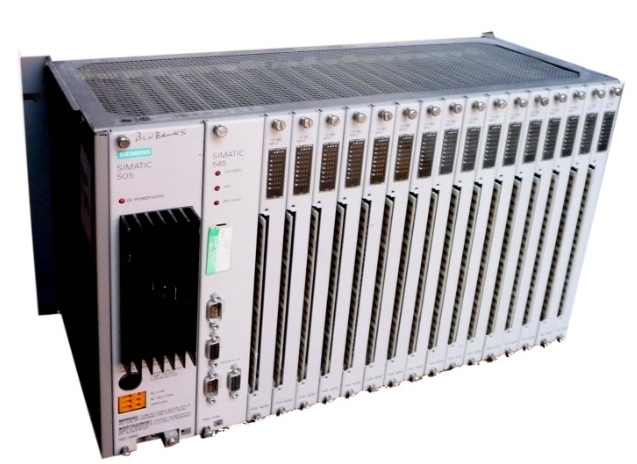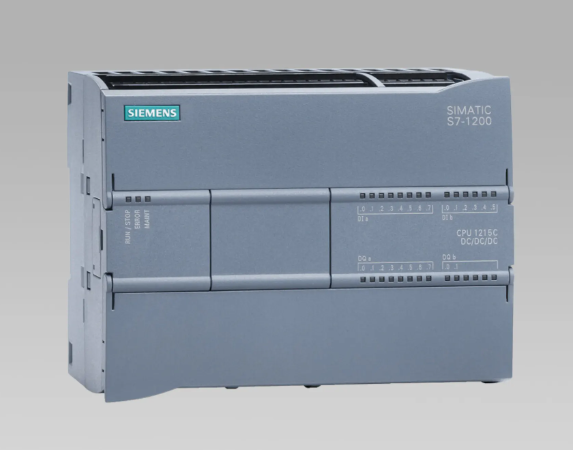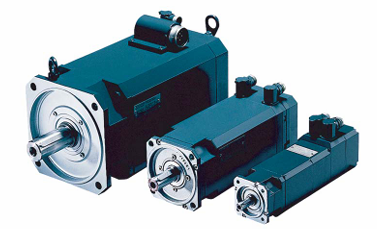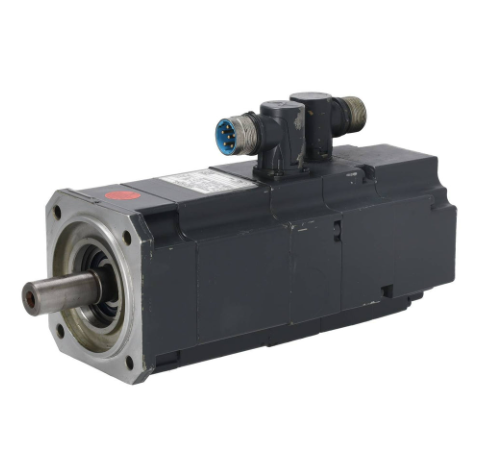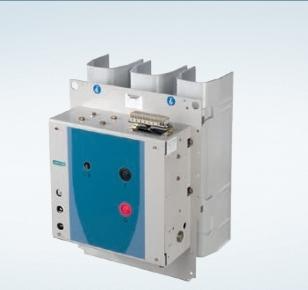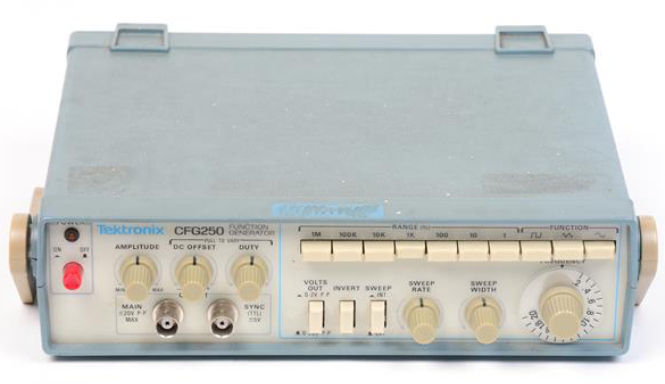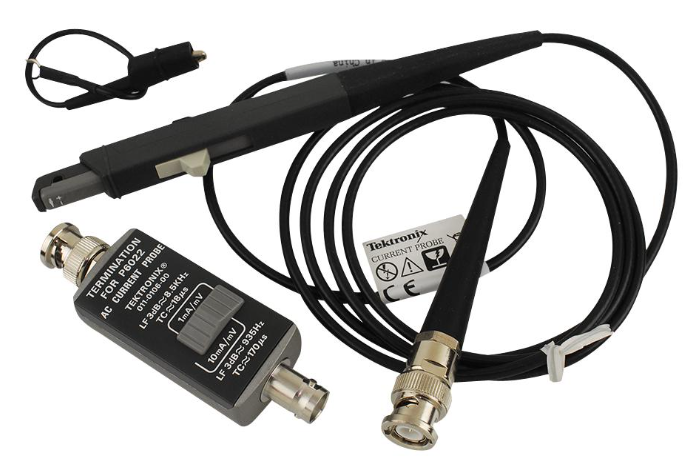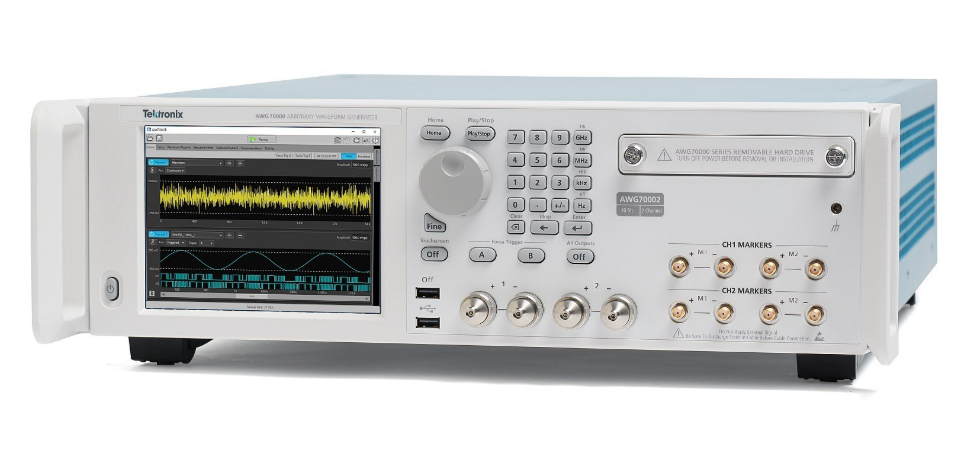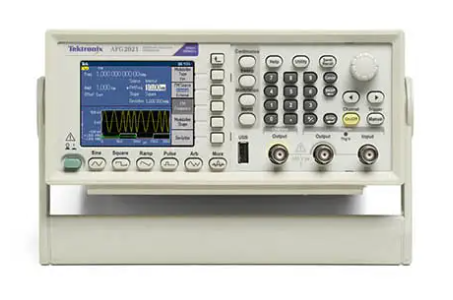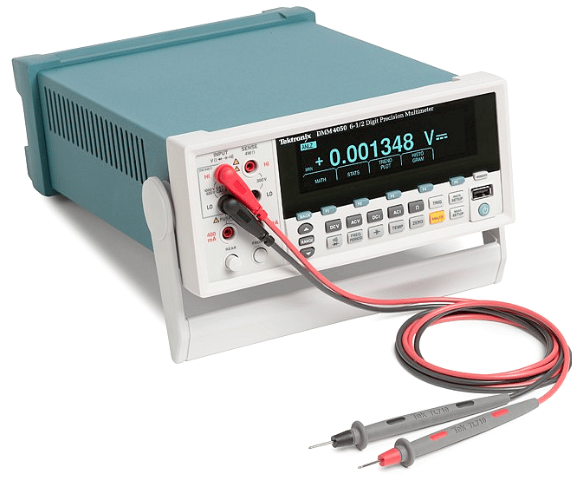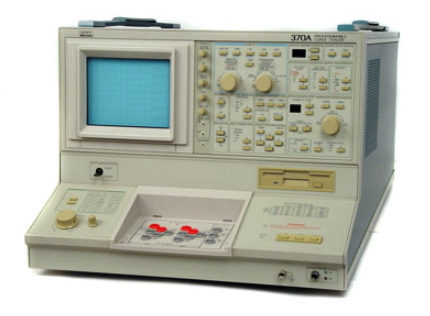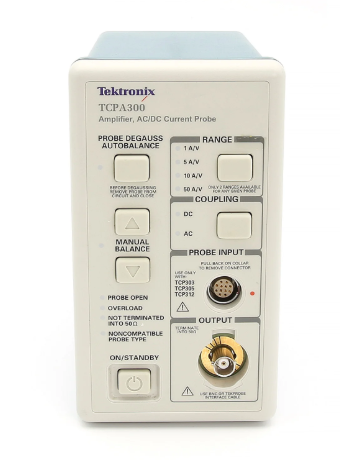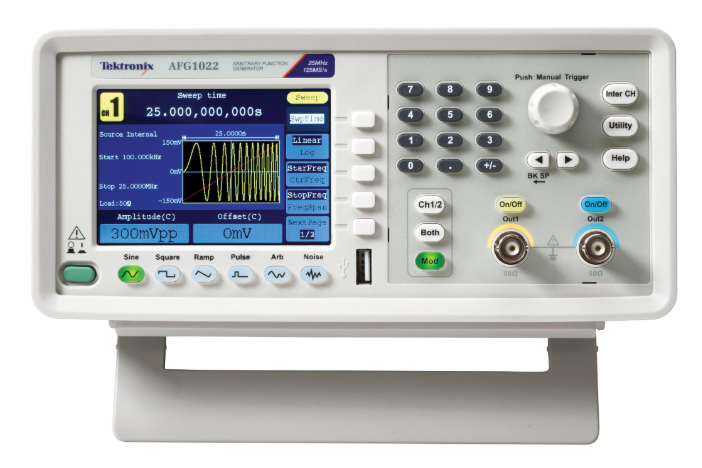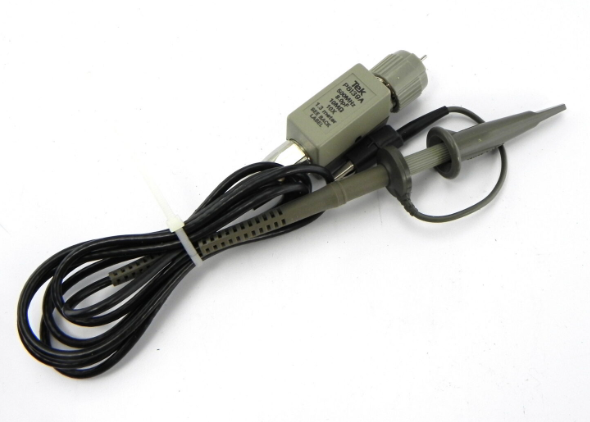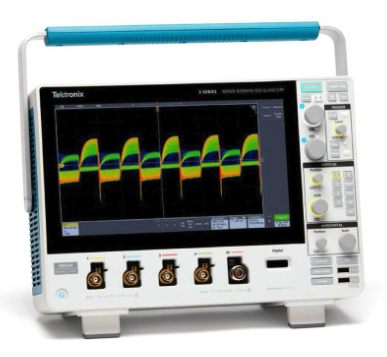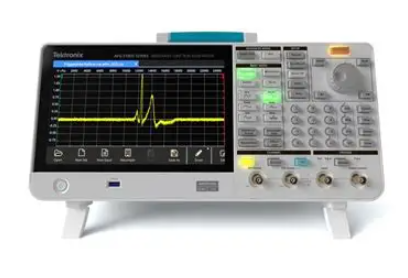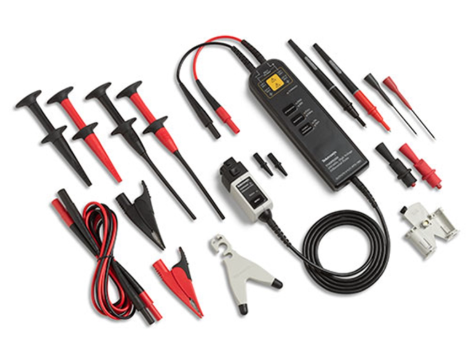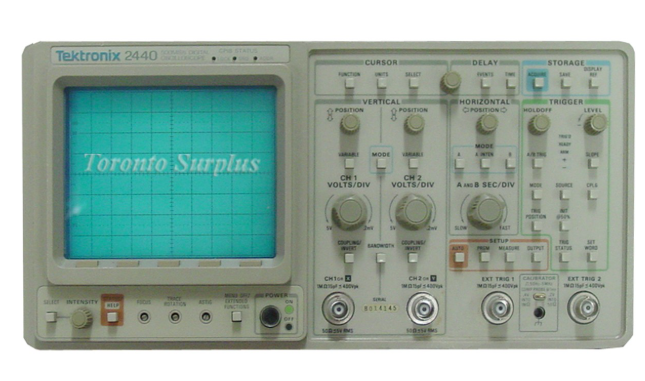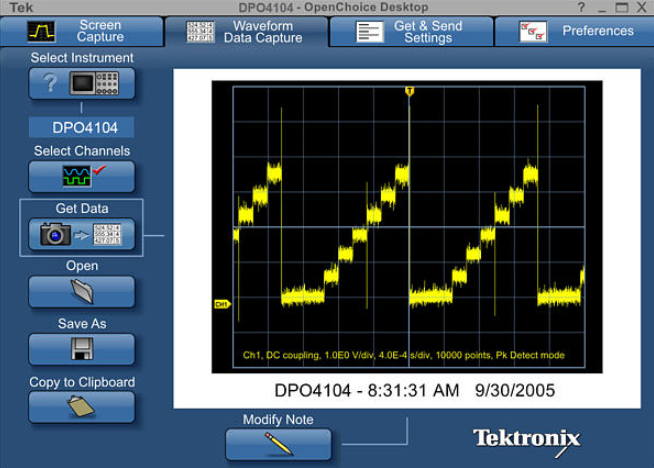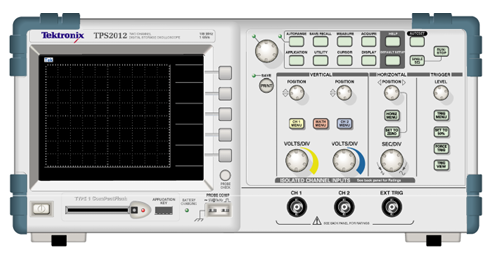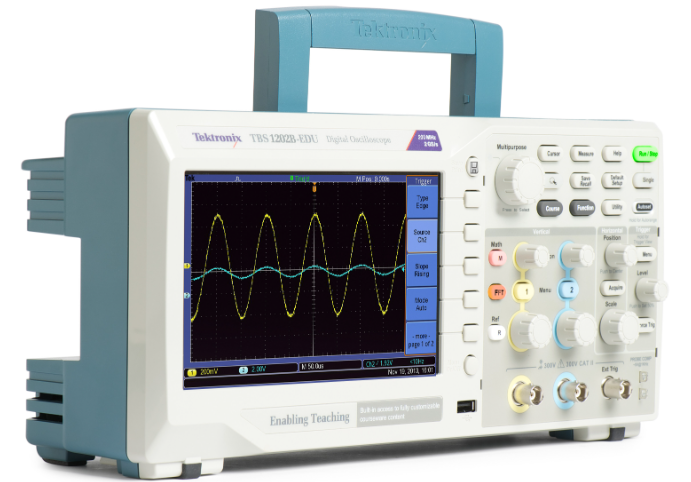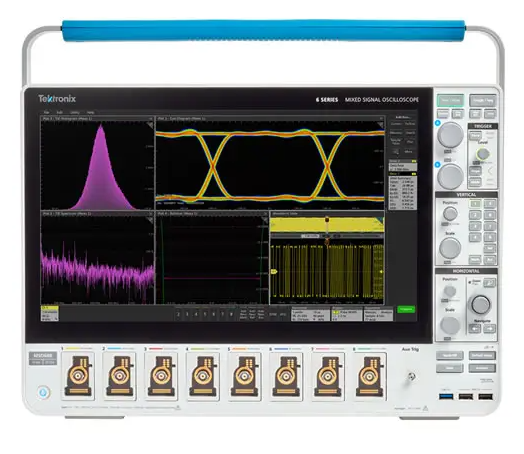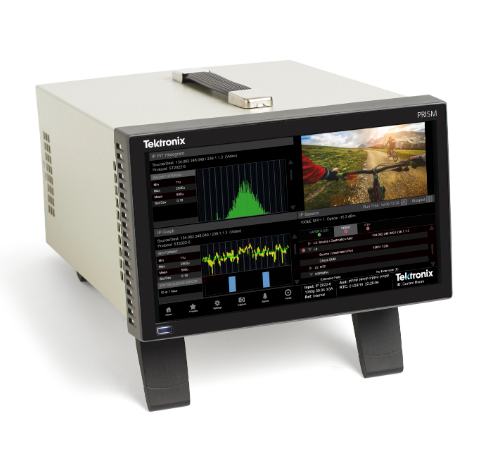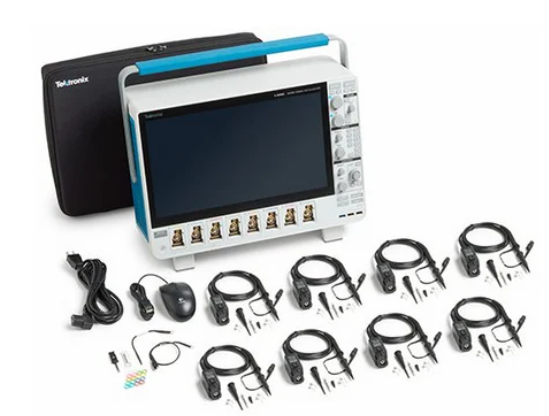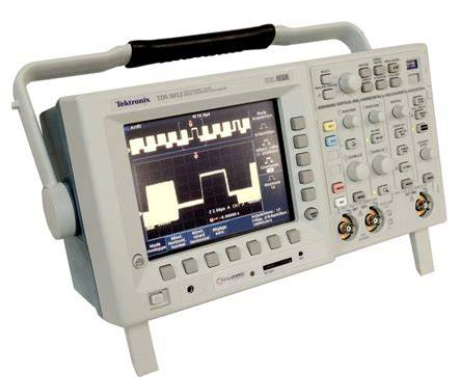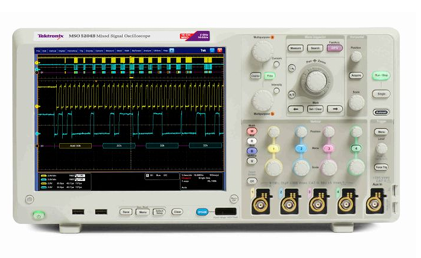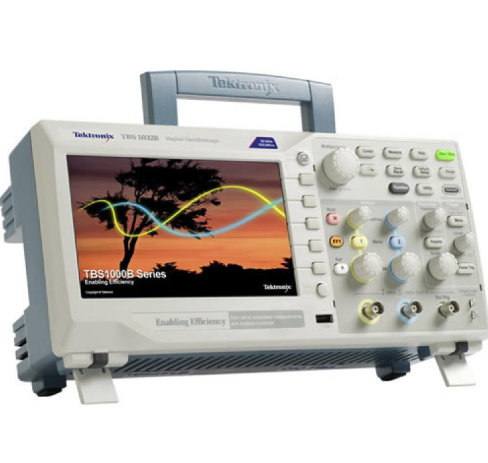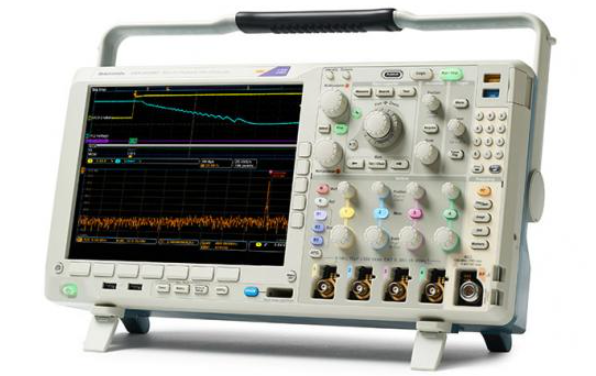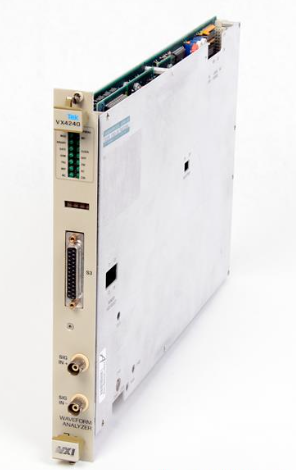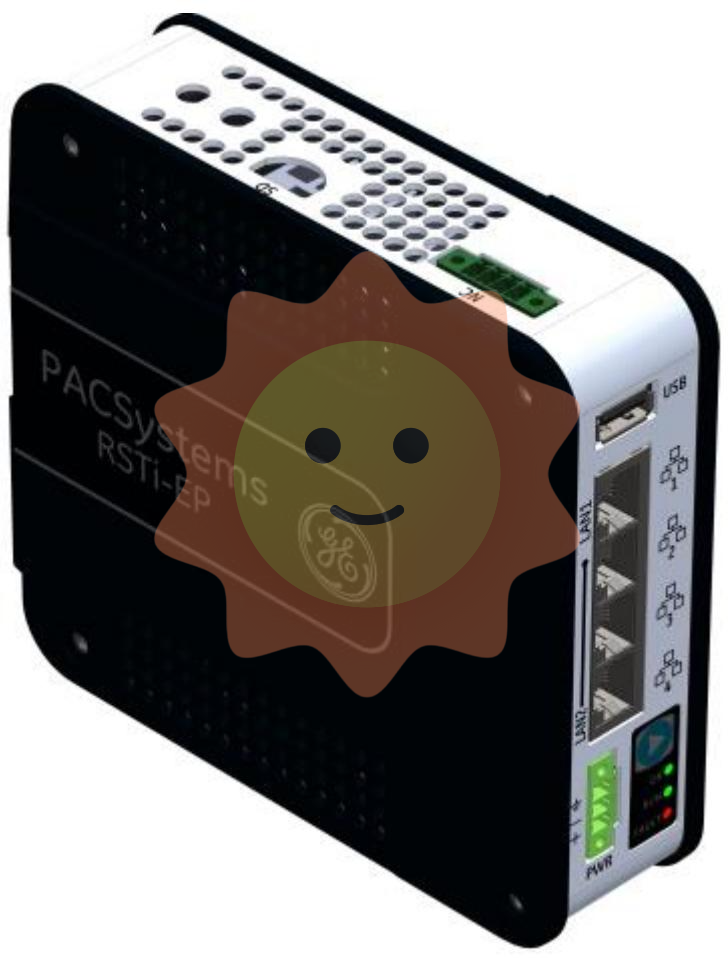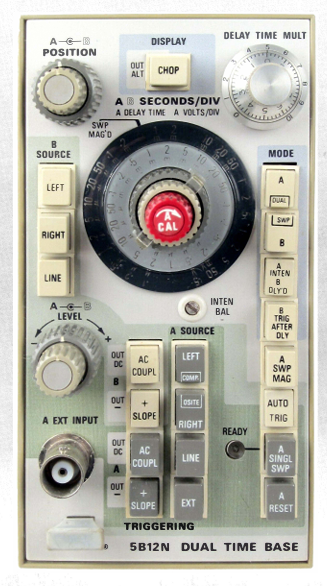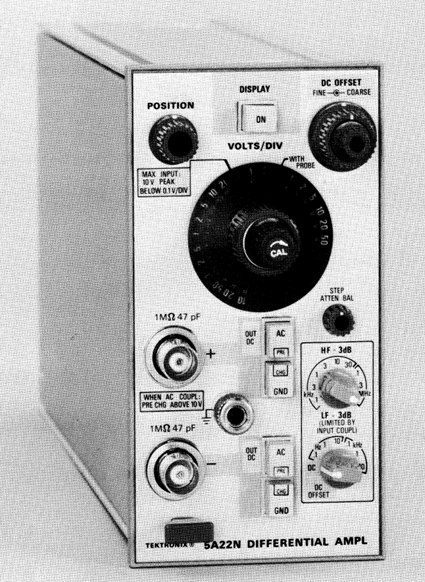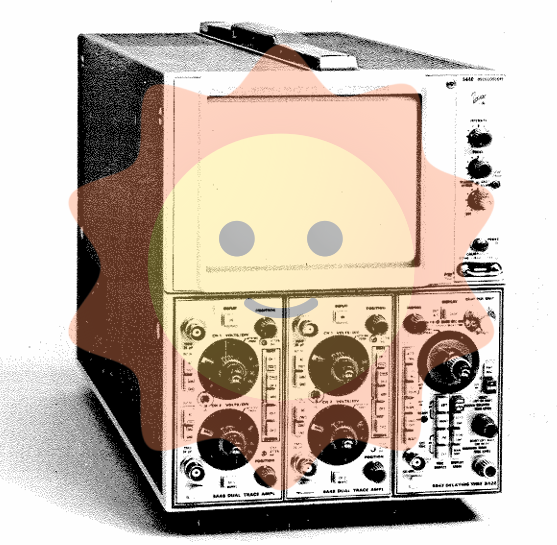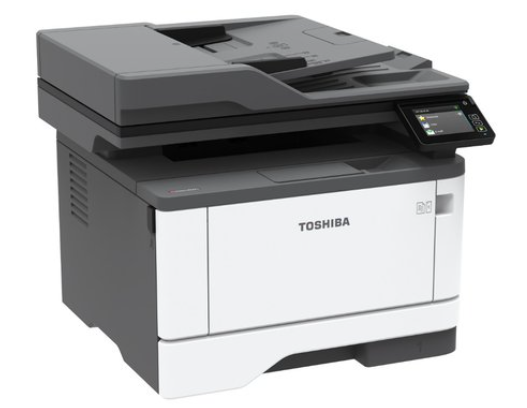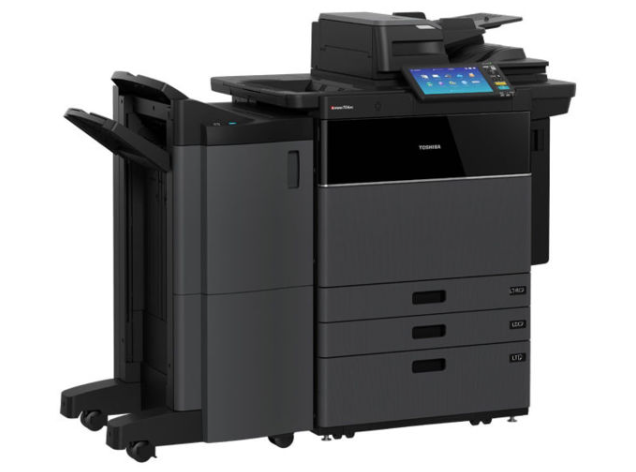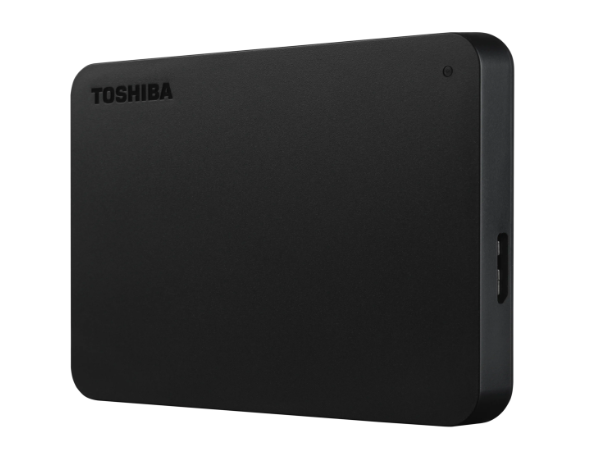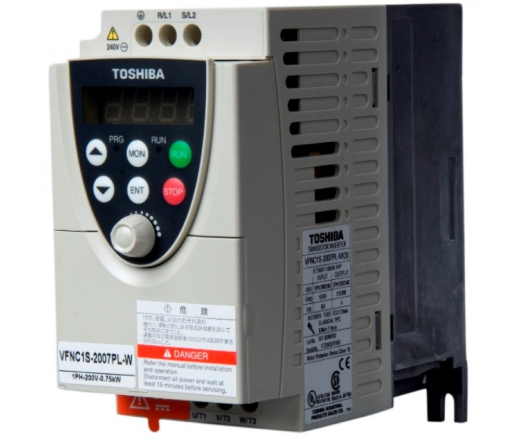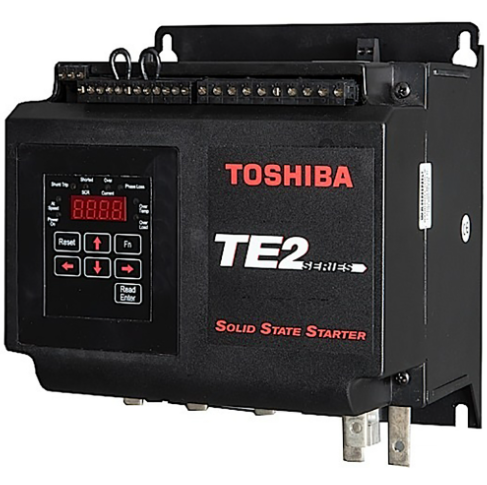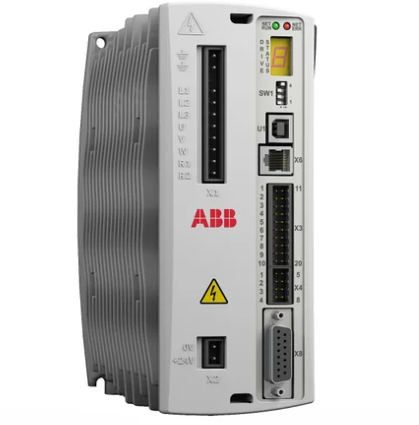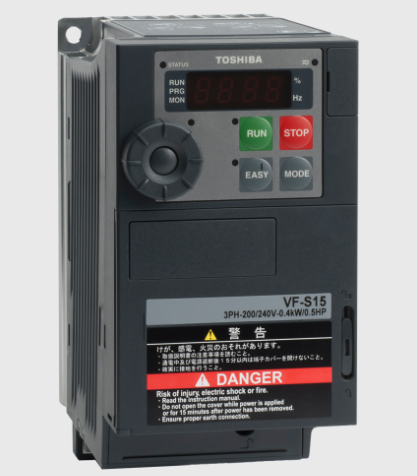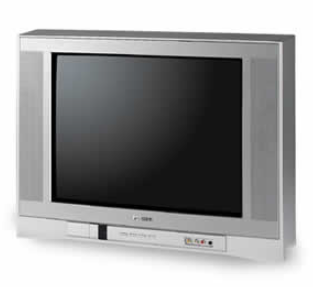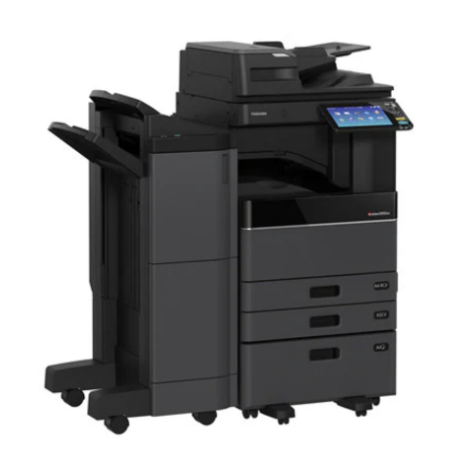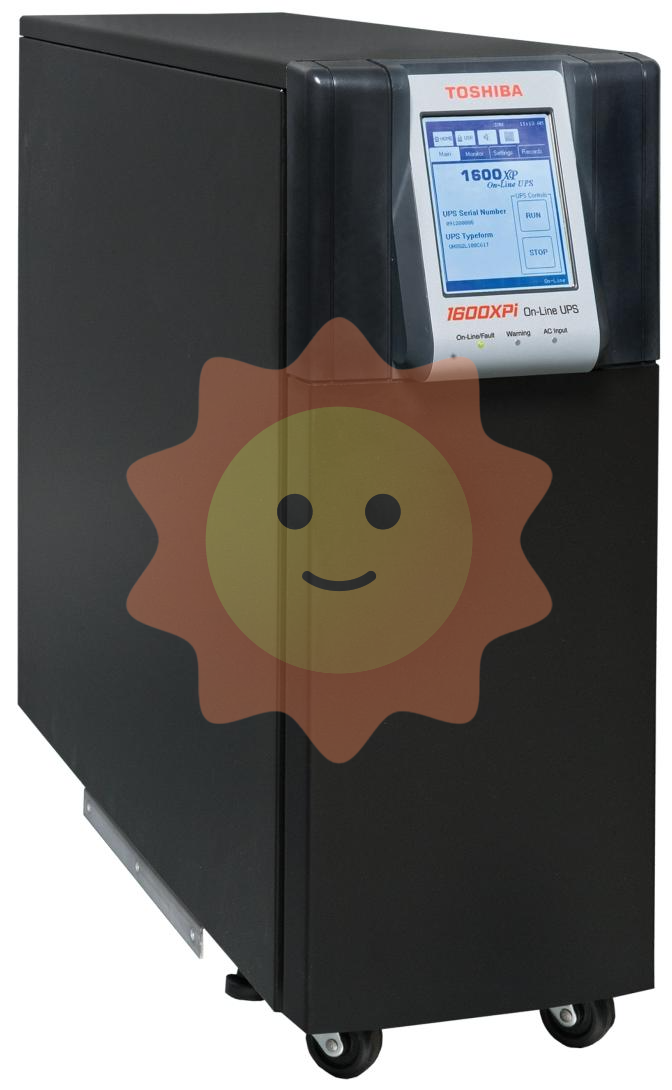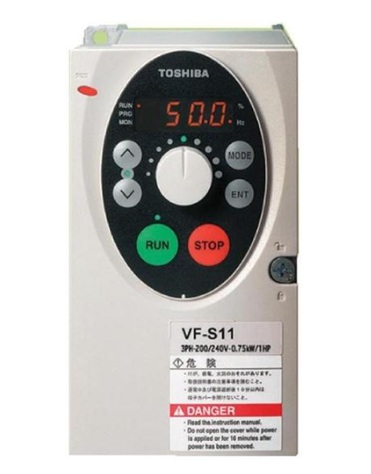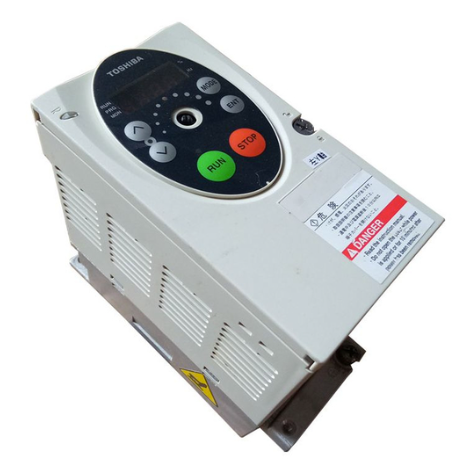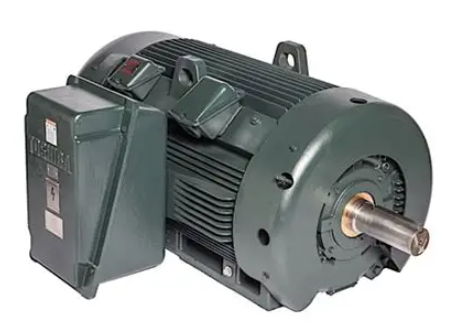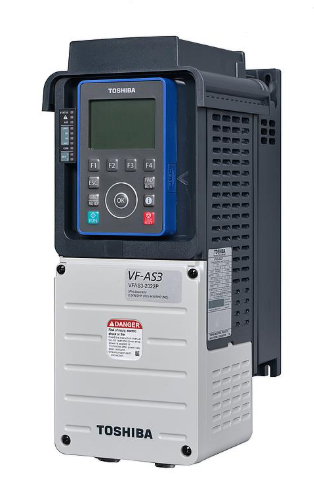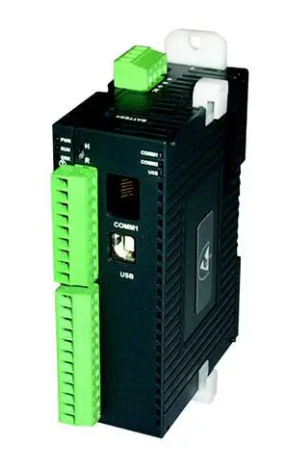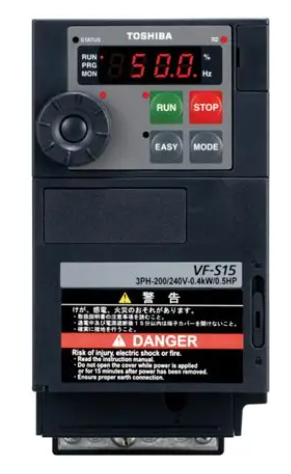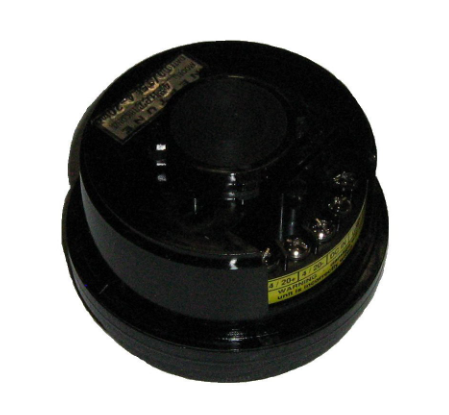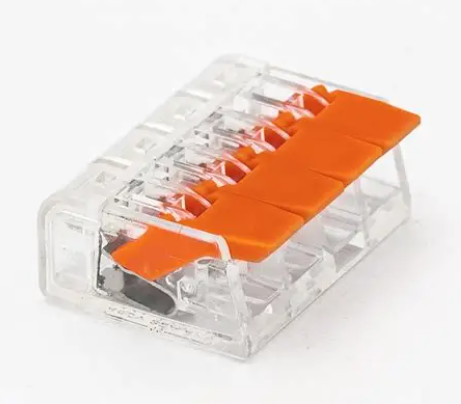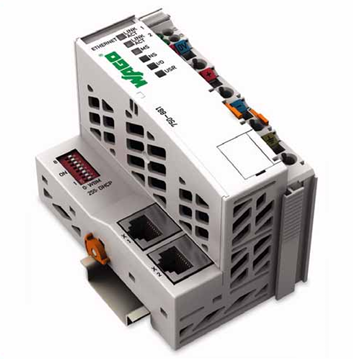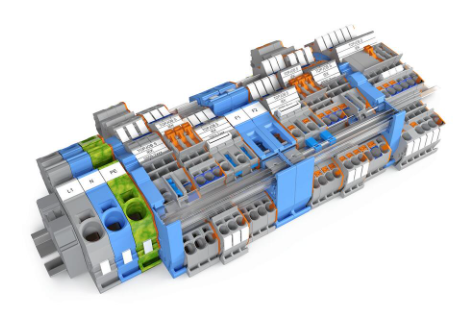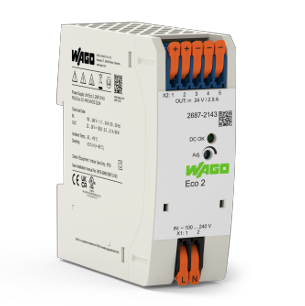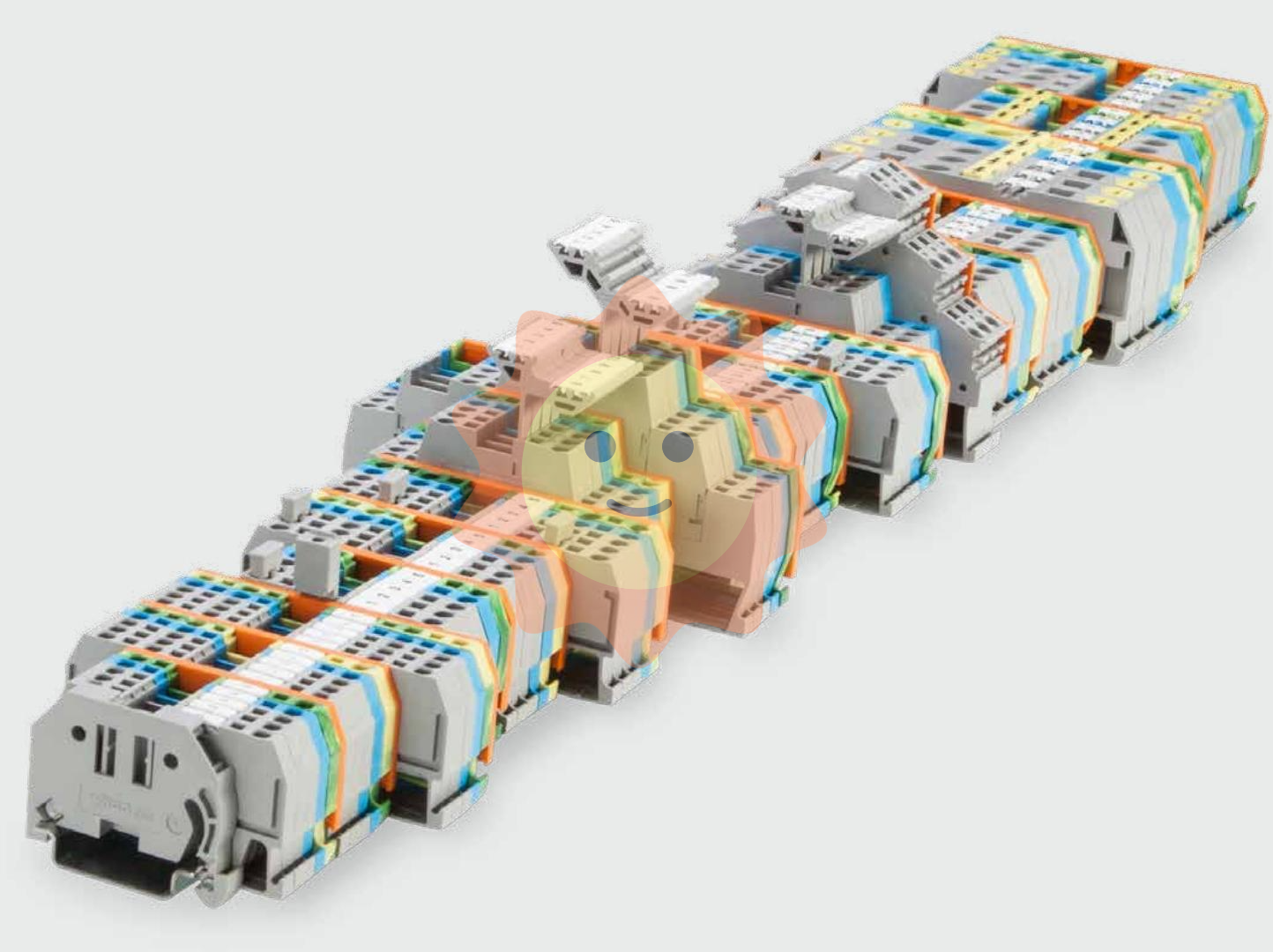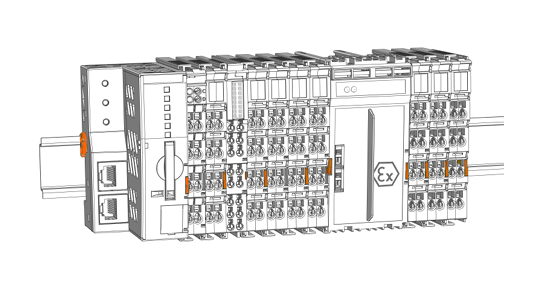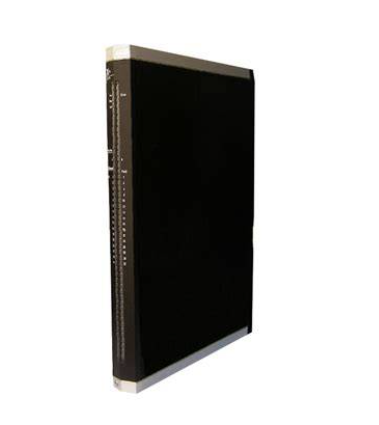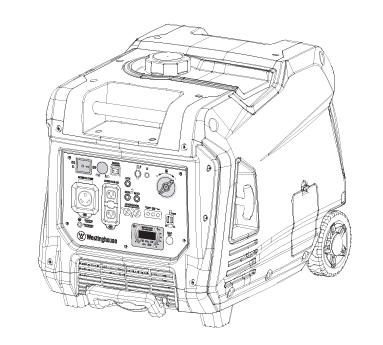BENTLY 330104-00-05-10-02-00 Proximity Probes
BENTLY 330104-00-05-10-02-00 Proximity Probes
DESCRIPTION
The system provides an output voltage that is directly proportional to the distance between the probe tip and the observed conductive surface and can measure both static (position) and dynamic (vibration) values. The system’s primary applications are vibration and position measurements on fluid-film bearing machines, as well as Keyphasor reference and speed measurements3.
The 3300 XL 8 mm system delivers the most advanced performance in our eddy current proximity transducer systems. The standard 3300 XL 8 mm 5-meter system also fully complies with the American Petroleum Institute’s (API) 670 Standard for mechanical configuration, linear range, accuracy, and temperature stability. All 3300 XL 8 mm proximity transducer systems provide this level of performance and support complete interchangeability of probes, extension cables, and Proximitor sensors, eliminating the need to match or bench calibrate individual components.
Proximity Probe and Extension Cable
The 3300 XL probe and extension cable also reflect improvements over previous designs. A patented TipLoc molding method provides a more robust bond between the probe tip and the probe body. The probe’s cable incorporates a patented CableLoc design that provides 330 N (75 lbf) pull strength to more securely attach the probe cable and probe tip. You can also order 3300 XL 8 mm probes and extension cables with an optional FluidLoc cable option. This option prevents oil and other liquids from leaking out of the machine through the cable’s interior.
Connectors
The 3300 XL probe, extension cable, and Proximitor sensor have corrosion-resistant, gold-plated ClickLoc connectors. These connectors require only finger-tight torque (theconnectors will "click" when tight), and the specially-engineered locking mechanism prevents the connectors from loosening. These connectors require no special tools for installation or removal. You can order the 3300 XL 8 mm probes and extension cables with connector protectors already installed. We can also supply connector protectors separately for field installations (such as when an application must run the cable through restrictive conduit). We recommend connector protectors for all installations to provide increased environmental protection8.
Extended Temperature Range Applications
An extended temperature range (ETR) probe and ETR extension cable are available for applications in which either the probe lead or extension cable may exceed the standard 177˚C (350˚F) temperature specification. The ETR probe has an extended temperature rating for up to 218˚C (425˚F). The ETR extension cable rating is up to 260˚C (500˚F). Both the ETR probe and cable are compatible with standard temperature probes and cables, for example, you can utilize an ETR probe with the 330130 extension cable. The ETR system uses the standard 3300 XL Proximitor Sensor. Note that when you use any ETR component as part of your system, the ETR component limits the system accuracy to the accuracy of the ETR system.
Description Notes:
1. One-meter systems do not use an extension cable.
2. Proximitor sensors are supplied by default from the factory calibrated to AISI 4140 steel. Calibration to other target materials is available upon request.
3. Consult Bently Nevada Applications Note, Considerations when using Eddy Current Proximity Probes for Overspeed Protection Applications, when considering this transducer system for tachometer or overspeed measurements.
4. 3300 XL 8 mm components are both electrically and physically interchangeable with non-XL 3300 5 mm and 8 mm components. Although the packaging of the 3300 XL Proximitor Sensor differs from its predecessor, its design fits in the same 4-hole mounting pattern when used with the 4-hole mounting base, and will fit within the same mounting space specifications (when minimum permissible cable bend radius is observed).
Product Features
Non-contact measurement: the probe does not touch the target object, which is ideal for use in contact with harmful or difficult application environments, and can ensure the accuracy and safety of the measurement.
High Accuracy: The probe can measure distances up to 0.01mm with high accuracy and can meet a variety of precision measurement needs.
Rugged and reliable: The probe is made of high-quality materials, such as high-temperature-resistant plastic (PPS) injection moulded in the end of the coil composed of the head as well as stainless steel housing and probe cable, can withstand harsh environments to ensure long-term stable operation.
Multiple thread sizes and probe configurations: A wide range of thread sizes, probe configurations and mounting accessories are available to suit different application requirements and installation environments.
Technical Specifications
Probe Diameter: 8mm (part of the 3300 XL 8mm series).
Measurement range: Provides a wide range of linear measurements, depending on model and configuration.
Output signal: Proportional to the voltage signal between the probe tip and the surface of the conductor under test, the output is a voltage or current signal.
Operating temperature: Stable performance over a wide temperature range.
Protection level: with a high level of protection, able to withstand the harsh environment of dust and water vapour and other erosion.
Applications
Bentley 330104-00-05-10-02-00 proximity probes can be used in a variety of industrial monitoring areas, including but not limited to:
Rotating machinery: vibration and displacement measurements of rotating equipment such as turbines and compressors.
Machine tools and robots: for monitoring the motion status and position information of machine tools and robots.
Other industrial applications: such as aerospace, automotive manufacturing and other fields of vibration and displacement measurement.
Precautions
Installation and commissioning: During installation and commissioning, it should be ensured that the probe's installation position, orientation and distance from the object to be measured meet the technical requirements.
Maintenance: The probe should be cleaned and inspected regularly to ensure that its surface is free of dirt and damage to ensure the accuracy of measurement.
Environmental adaptability: When selecting and using the probe, it should be considered whether its working environment meets the performance requirements of the probe, such as temperature, humidity, electromagnetic interference and so on.

- User name Member Level Quantity Specification Purchase Date
- Satisfaction :
-









Email:wang@kongjiangauto.com

